21 Food Trends That Benefit You and the Planet

From choosing sustainable sources to exploring fermentation's gut health benefits, we've rounded up the food trends you'll want to add to the menu this year. Photo: sveta_zarzamora via Getty Images
We’re spending more time at home, so why not experiment and have a little epicurean fun. Enjoy these 21 trends for 2021 that will make you feel good about yourself, your community and the planet.
1. Cooking It Old School
Technology burning you out? Shut off the computer and find inspiration in a pile of cookbooks. Remember this: just about all you need to know is in The Joy of Cooking, so pull that big ol’ tome off the shelf and reacquaint yourself with
the art of making stock. Or go with some of our favourite old-school chefs — Nigel Slater, Jacques Pépin and Ina Garten, just to name a few — who are
still publishing the best recipes around.
2. Matched Set
The secrets of flavour pairings have long been the domain of chefs and sommeliers. Not anymore. The website foodpairing.com and companion book The Art and Science of Food Pairing make it easy for anyone to explore the infinite combinations of flavours. Mackerel and Parmesan, anyone?
3. Eat the Right Thing
The conscious eater is looking for ways to contribute positively to the planet beyond eating nutritious, sustainably grown food. Watch for labels that say “made by a woman” or “a BIPOC-owned company” or even “made right here in your community by your neighbours.” It’s the right thing to do.
4. Be a Climatarian
It’s smart to make food choices that reduce carbon emissions. That means limiting high-fuel-input foods such as meats and cheeses or anything imported. Eating seasonally and locally is the way to go, with go-to choices (depending on the source) like fish, pulses, grains, plants and even insects — crickets are showing up toasted for crunch or ground up to make a protein-rich flour used for pasta and more.
5. Sea Greens
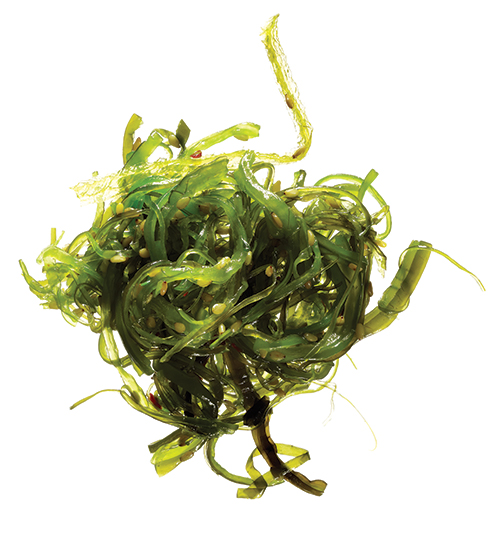
If you like sushi, you’ve been eating seaweed via the crispy green nori wrapper that keeps the goodies inside. Prepare to eat even more as sustainable seaweed farms catch on, with Newfoundland researchers in on the action. Considered a brain food for its mineral and omega acids, it’s the hit of flavourful umami that thrills gastronomes.
6. This One Doesn’t Come From the Sea
The nutrient-dense sea buckthorn berry — a tangy, sour and astringent (in a good way) fruit once the purview of only the hippest chefs — is entering the mainstream, recognized for its potent array of vitamins and potential cancer-bucking properties. Great in jams and jellies where you want that acidic kick and as a sauce over vanilla ice cream.
7. Where’s the Beef?
Beyond Meat sent vegetarians into a frenzy, so expect a new wave of alternative proteins — like “shrimp” made from algae — to arrive in 2021. In the meantime, Canadians have been enjoying Yves Veggie Cuisine since 1985. And of course, you can always make your own lentil and chickpea burger at home.
8. Here’s the Beef, But Make It Where the Buffalo Roam
Big, beautiful and delicious, bison is proving a popular substitute for beef. Leaner and lower in saturated fats, bison has about 25 per cent of the calories compared to beef and, although it is farm-raised, the beasts range on ranches across Canada, so finding a local source should be easy. It’s great on the barbecue — especially with a glass of Cabernet.
9. Get Into a Pickle in a Good Way
The frenzy for all things pickled, preserved and fermented continues unabated, as anyone who has tried to buy mason jars recently can attest.
If you harvested way more than you bargained for – as many of us did – you likely discovered that gut health and fermentation go hand-in-hand (or belly). Plan ahead for 2021 and secure a supply of jars before you plant your vegetable garden.
10. Spice Up Your Life
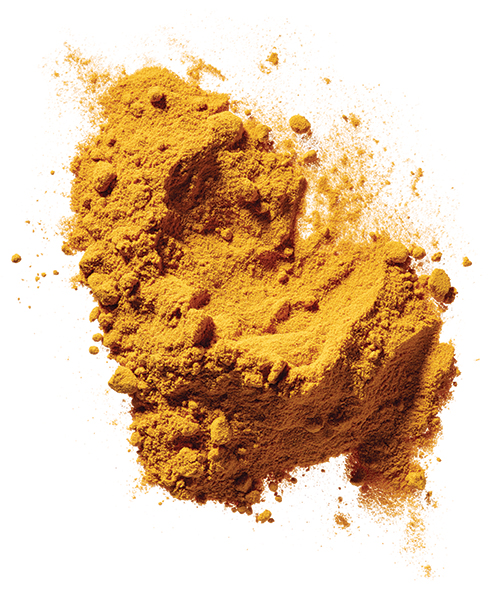
The turmeric craze – it’s been the hottest spice trend for a couple years for its purported health benefits from fighting inflammation to sharpening the brain — drove Sana Javeri Kadri of Diaspora Co. in California to invest in a community of spice growers in India with an eye to building a sustainable spice trade. That means putting real money back into the hands of the farmers. Chefs in the know say her spices are superior and are using her turmeric in everything from sugar cookies to out-of-this-world curries. That’s what you get when you sow the seeds of good karma. Canadians can order online.
11. A Run on Chickens
In recognition of all that chickens do for us, Canadian hatcheries ran out of chicks and laying hens in mid-2020 as fears of food shortages inspired many people to build a home coop. Chicken soup for the soul has never made so much sense, so embrace your broth and veggies with their proven nutrients and protein (but go easy on the salt).
12. Grow Your Own
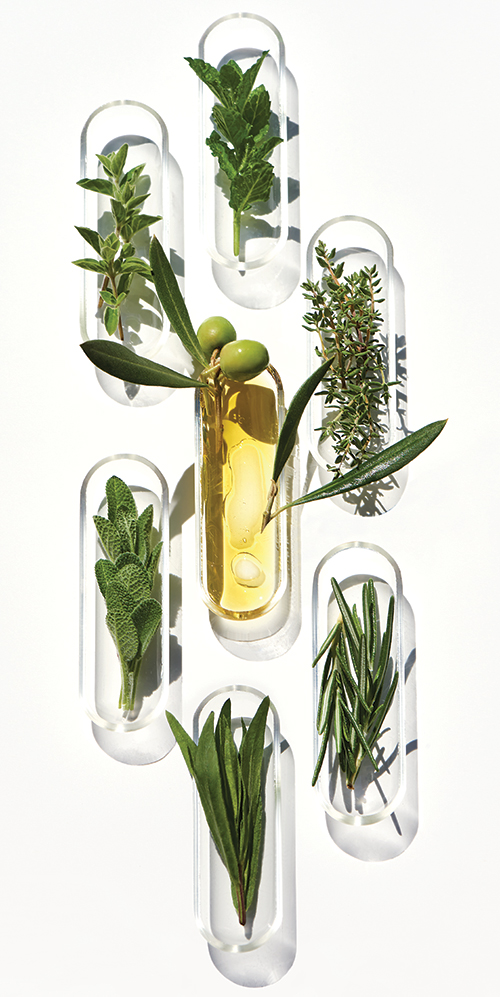
These days, everyone’s a farmer, whether it’s a windowsill herb box or a tenth of an acre in the front yard. The health benefits of this urban homesteading are unquestionable: there’s the zen of gardening, not to mention the fresh bounty. Just be sure to order seeds early to dig into this trend.
13. Hollywood & Vine
Doesn’t it seem like more and more celebrities are launching their own wines? Recent offerings from Kylie Minogue, Cara Delevingne, Cameron Diaz and Idris Elba join the expanding lineup, which includes the Fleur de Miraval rosé Champagne launched by veteran vintners (and exes) Brad Pitt and Angelina Jolie. But our favourite new rock-star vintage comes from noted cannabis connoisseur Snoop Dogg. It’s a wine that sings and rhymes.
14. Red, White and Green
Not to be confused with the egregious blue wine fad, green wine is certified eco-friendly. The criteria for the designation vary from province to province and country to country, so consumers need to dig a little deeper to ensure they aren’t being “green-washed.” Twelve wineries in Ontario are certified by Sustainable Winemaking Ontario — watch for the green logo on bottles — and there is a similar program in B.C.
15. Not the Bush in Your Backyard
The king of the steeped elixir — also known as a shrub — threatens to overtake kombucha as the hottest tonic among kitchen tinkerers. Shrubs are usually fruit-based and preserved in vinegar, providing all the potential benefits of, say, an apple cider vinegar but with added versatility. You can make them with anything: orange rinds, coffee grounds, black pepper, tree fruit or berries. Bonus: you can amp up your cocktail game by adding a few drops to any mixed drink or a glass of soda.
16. Designated Drinkers
Low-alcohol and no-alcohol are the buzzwords of the year, backed up by a proliferation of products promising full-flavoured experiences without the deleterious side-effects. In suds, we have Budweiser’s Zero and a new line from Canada’s own Neal Brothers. A gin called 18.8 promises a full herbal experience with just 18.8 per cent alcohol. Cocktail bars, too, are featuring lineups of non- or reduced-alcohol cocktails, many using faux spirits made by the trend-leading U.K. company Seedlip and new-to-the-market Ceder’s.
17. Bottle Service
It doesn’t get much easier than opening a bottle, pouring a stiff one, adding a twist of orange and a cube, and firing up an episode of Mad Men. Toronto’s BarChef cocktail bar actually kicked off the bottled cocktail craze a couple of years ago with its Toasted Manhattan but has since added a Vesper, a gin-based cocktail made with local vidal wine. Now that bars and restaurants are allowed to sell take-out alcohol, mixologists are getting creative, with build-your-own cocktail kits to be completed — and enjoyed responsibly — at home.
18. Party On
Another inevitable result of our quarantine lifestyle, virtual tastings have taken off. Sommeliers, mixologists and ciccerones (beer experts) have taken to Zoom, Instagram Live and Facebook to run tastings for individuals, parties
and corporate events. Prices and services range widely, but the best offer home delivery with all the libations, plus cheese, charcuterie and even
full meals.
19. Boxing Day
Once feared as a container for plonk, the humble box is gaining popularity for finer wines. You get more wine for your buck, and the packaging is a fraction of the weight of glass, requiring less energy to manufacture and ship. Hint: if you want to support local, make sure to choose a VQA-designated boxed wine, ensuring it’s made with 100 per cent Canadian-grown grapes.
20. Say It Ain’t So, Joe
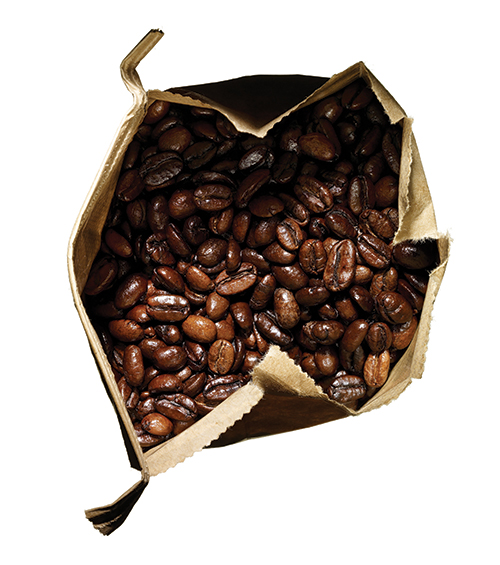
Climate change and crop diseases have threatened coffee production in the past, but there’s no need to go searching for a substitute. Researchers are creating hardy hybrids of Arabica and Robusto beans and growing them at higher elevations where the cooler temperatures favour our precious beans. Which means your cup of joe is safe – no need to get all jittery about it.
21. Be a Fun-Guy
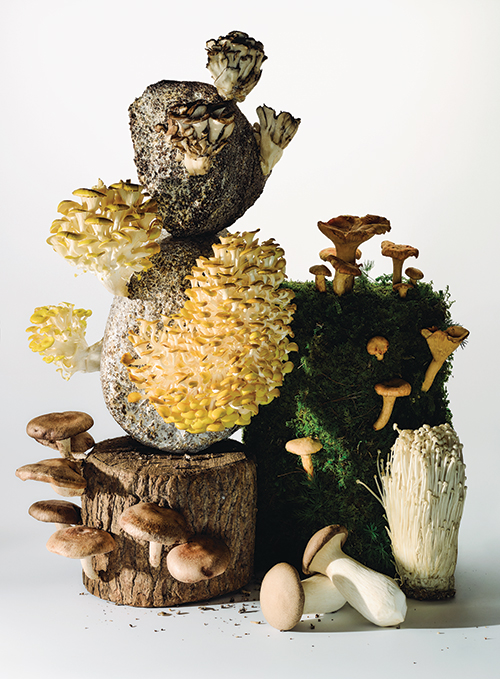
Foragers appreciate the magic of mushrooms – the gourmet kind – while scientists are touting their immune-boosting properties. Now we’re seeing the rise of backyard mycologists: you can grow them in a bag or bucket or find a freshly cut log, inoculate it with spores and, in a year or so, harvest everything from lion’s manes to king oysters. Grow Mushrooms Canada on Vancouver Island has all the supplies.
A version of this article appeared in the Jan/Feb 2021 issue with the headline “A Taste of the Future,” p. 102.
RELATED:
Healthy Eats: 10 Everyday Superfoods
Tips for Eating Better at Home and a Superfood Breakfast Recipe